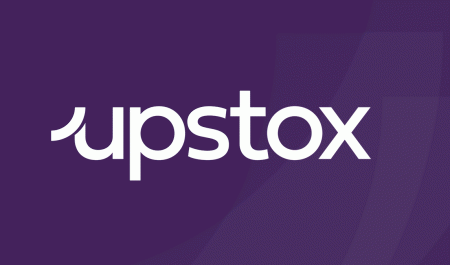For a long time, FMCG companies like Hindustan Unilever and ITC were largely an urban phenomena. They would stick to the urban centres and glance at some of the semi-urban centres. However, the equation has changed in the last few years. Rural demand and rural market for FMCG products has grown tremendously in India. Hindustan Unilever and ITC today get nearly 50% of their revenues from rural and semi-urban markets and not from the large towns. If you thought that this example is only applicable to FMCG and consumer durables, then think again. There is a silent shift happening in the way small towns and villages are investing in capital markets and this change is for the positive.
It is true that large parts of rural and semi-urban India still prefers to park money in gold and real estate. But that is changing. Despite the vagaries of the stock market, the monthly collections by mutual funds via the SIP route are close to Rs.8400 crore per month. That is a lot of money on a consistent basis. But what is really interesting is that nearly 1/3rd of this money is coming from smaller towns and villages. Gone are the days when the mutual fund volumes would only come from big cities like Mumbai, Delhi, etc. All that has changed! In a way rural India is driving the growth of the equity cult in India.
Realizing the limitations of gold and realty
For a long time, rural and semi-urban households chose gold and realty as the preferred method of investing. Post demonetization, a lot of that changed. Cash transactions became difficult; gold was difficult to account for or to hoard, and realty deals were getting more regulated. Under these circumstances, financial assets were the only logical answer. The bull run in the last five years has also helped as investors found that financial assets could give returns which were not possible through physical assets.
Better education on financial products
In the last few years, most brokers (and even the stock exchanges) have made a conscious effort to educate people about the merits of equities and other financial assets. It was not just a sales pitch but brokers realized that from a long term perspective, it was essential to help the rural and semi-urban people make better financial decisions. This allowed them to make more informed and intelligent decisions on their financial investments. As the large pool of rural and semi-urban savings get into the financial mainstream, the associated benefits could be huge.
Mobile, internet and app-based stock market participation
India has a total population of 125 crore and a mobile phone connection penetration of nearly 105 crore. Even if you discount for dual connections, you are still talking about a massive reach to the rural areas. Also, India’s average internet cost at less than 60 paisa/GB, making it the cheapest data provider in the world. New entrants like Jio have made a substantial difference to the online ecosystem with better content, better apps and superior connectivity. All this has created an army of rural and semi-urban dwellers who can use their mobile phones comfortably to access markets.
Over the next few years, the real thrust to capital market growth will come from these rural and semi-urban areas. With financialization of real savings, technology platforms and economical offerings from discount brokers, this could be the big driver for capital markets.



